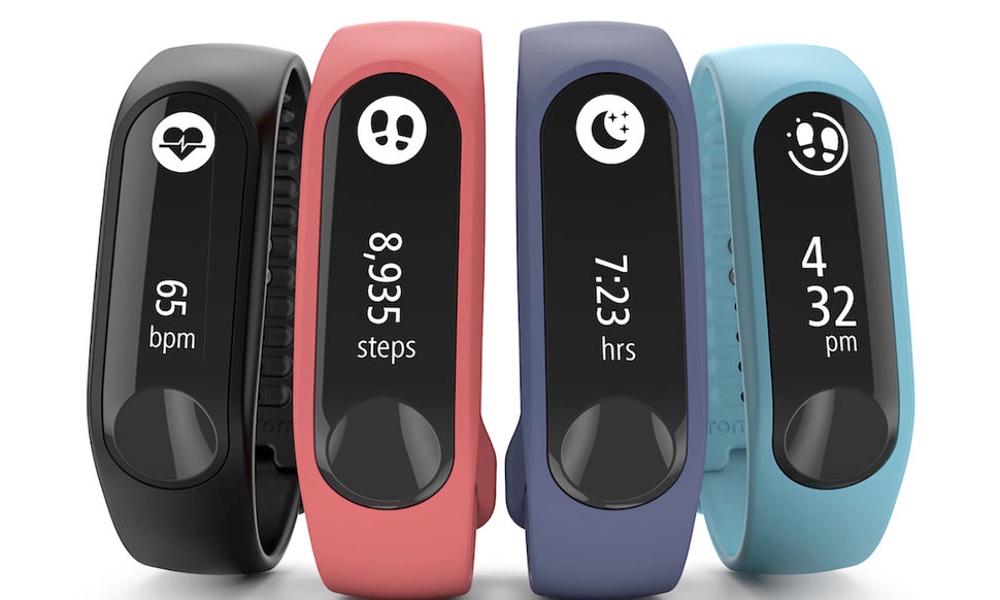Activity trackers are changing the way we consider exercise and measure its effects. Instead of relying on unreliable personal reports of how much someone does each day, the wearable devices offer a concrete picture of a person's movement over a given period of time and its impact on the heart.
A recent British study looked at how people's different movement patterns throughout the 24-hour day affected their heart health. It found that a little extra activity can make a big difference — with the biggest improvements seen among people who had been largely sedentary.
University College London researchers, supported by the British Heart Foundation, analyzed fitness monitor data on over 15,000 people from five countries to see how their movements during the day affected the health of their hearts.
The activity and heart rate of people participating in the studies were measured throughout the 24-hour day by the activity tracker they wore on their thigh.Vigorous activity was the quickest way to improve heart health, but it's not the only way. People at all levels of physical fitness can benefit by being more active, with the most sedentary often seeing the biggest improvements.
Activity was broken down into a hierarchy of behaviors that characterize a typical 24-hour day: Time spent doing moderate-vigorous activity that raised a person's heart rate and provided the most benefit to heart health, followed by light activity, standing and sleeping. One behavior, being sedentary, had a definite negative impact on the heart.
Using wearable devices allowed the researchers to estimate the health effects of even subtle variations of activity more precisely, Emmanuel Stamatakis, joint senior author of the study and a member of the Faculty of Medicine and Health at the University of Sydney, explained.
The team modeled what would happen if a person changed the amount of one daily behavior for another each day for a week to estimate the effect on heart health for each scenario.
According to their projections, when moderate to vigorous activity replaced sedentary activities, it had a noticeable effect on heart health. If a 54-year-old woman with an average BMI of 26.5, for example, replaced 30 minutes of daily sitting or lying time with moderate or vigorous exercise, it would produce a 2.6 percent reduction in her waist circumference (a little less than an inch for a woman with a 30-32" waist) and a 2.4 percent drop in her BMI.
Vigorous activity was the quickest way to improve heart health, but it's not the only way. People at all levels of physical fitness can improve by being more active, with the most sedentary often seeing the biggest improvements. Just remember that the lower the intensity of the activity, the longer it will take to see a benefit.
Suppose you switch to using a standing desk for a few hours a day instead of sitting. It may take a while before you see improvements, but because the change can easily be integrated into a working routine, it is probably more likely to produce a beneficial effect.
“The big takeaway from our research is that while small changes to how you move can have a positive effect on heart health, intensity of movement matters,” explained Jo Blodgett, first author of the study and a Research Fellow in the Institute of Sport, Exercise and Health and the Department of Targeted Intervention at UCL, in a statement.
“The most beneficial change we observed was replacing sitting with moderate to vigorous activity — which could be a run, a brisk walk, or stair climbing — basically any activity that raises your heart rate and makes you breathe faster, even for a minute or two,” she added.
“Getting active isn't always easy, and it's important to make changes that you can stick to in the long-term and that you enjoy — anything that gets your heart rate up can help,” said James Leiper, the Associate Medical Director at the British Heart Foundation. He recommended “Incorporating ‘activity snacks’ such as walking while taking phone calls,” or setting an alarm every hour so you get up and climb stairs or do jumping jacks, as ways to start building activity into your day.
The study is published in the European Heart Journal.





